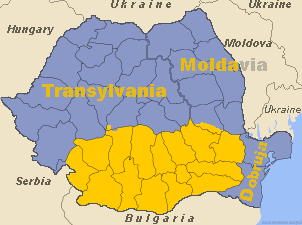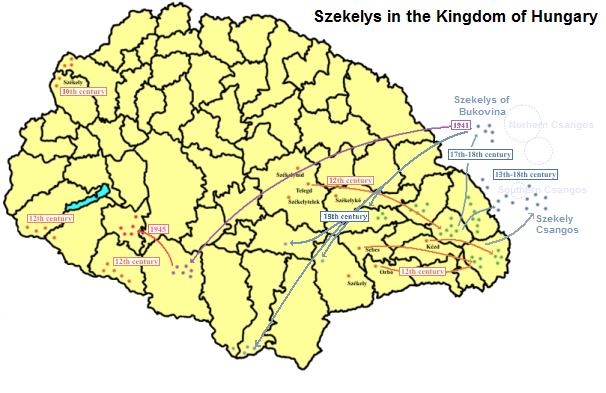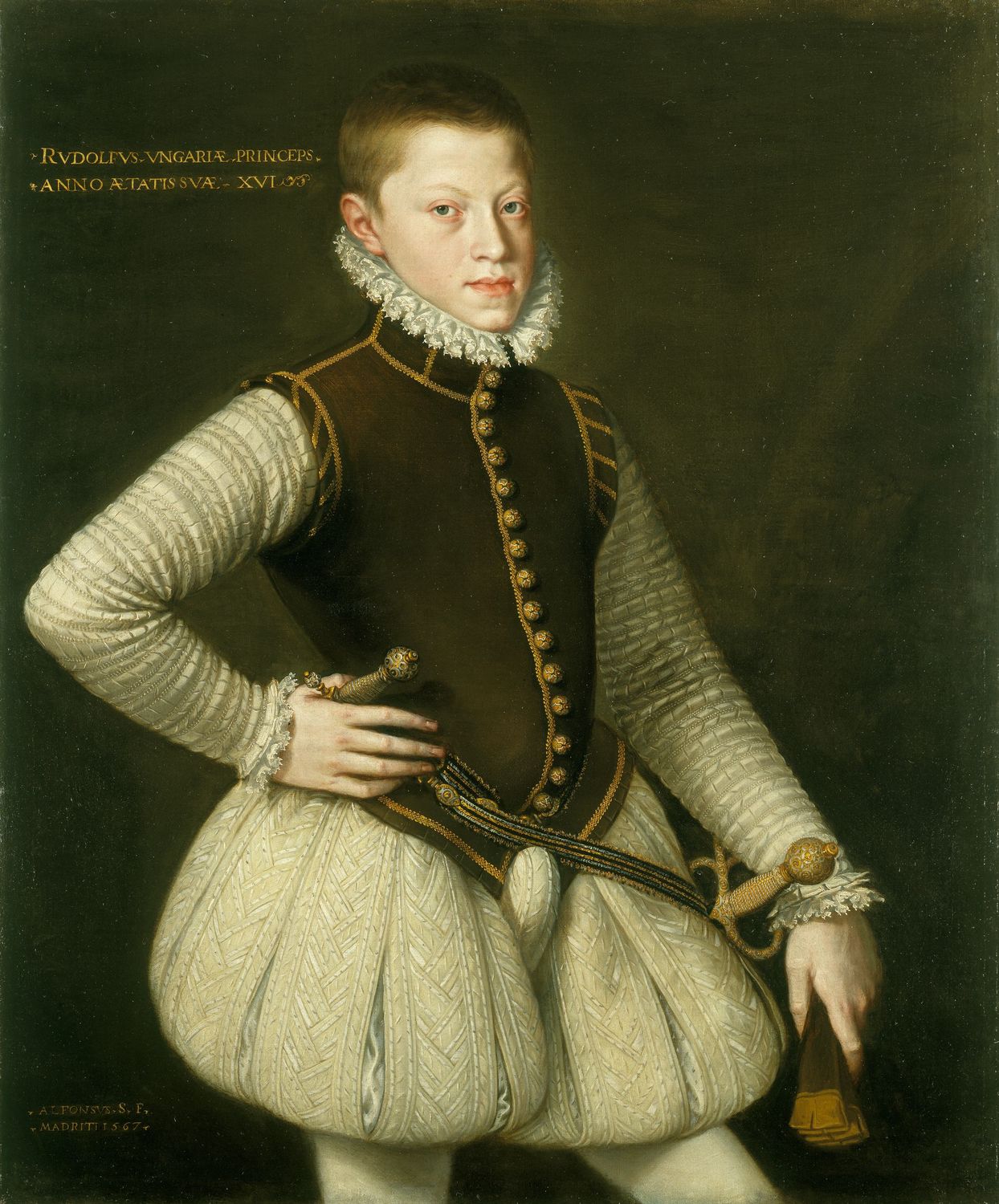|
List Of Princes Of Transylvania
This is a list of the Prince of Transylvania, princes of Transylvania. List of princes Sixteenth century Seventeenth century Eighteenth century See also * List of rulers of Transylvania * List of consorts of Transylvania Footnotes References * Bán, Péter (1989). Entry ''székely ispán'' in: Bán, Péter; ''Magyar történelmi fogalomtár, II. kötet: L–Zs'' ("Thesaurus of Terms of Hungarian History, Volume I: A–Zs"). Gondolat. . * Barta, Gábor (1994). ''The Emergence of the Principality and its First Crises (1526–1606)''. In: Köpeczi, Béla; Barta, Gábor; Bóna, István; Makkai, László; Szász, Zoltán; Borus, Judit; ''History of Transylvania''; Akadémiai Kiadó; . * Deák, Éva (2009). "Princeps non Principissa"'': Catherine of Brandenburg, Elected Prince of Transylvania (1630–1648)''. In: Cruz, Anne J.; Suzuki, Mihoko; ''The Rule of Women in Early Modern Europe; University of Illinois Press''; . * Fallenbüchl, Zoltán (1988). ''Ma ... [...More Info...] [...Related Items...] OR: [Wikipedia] [Google] [Baidu] |
Prince Of Transylvania
The Prince of Transylvania (, , , Fallenbüchl 1988, p. 77.) was the head of state of the Principality of Transylvania from the late-16th century until the mid-18th century. John Sigismund Zápolya was the first to adopt the title in 1570, but its use only became stable from 1576. Origins The integration of Transylvania into the newly established Kingdom of Hungary began around 1003. The province became subject to intensive colonization, leading to the arrival and settlement of colonists of diverse origin, including the Hungarian-speaking Székelys and the Ethnic Germans. The territory of Transylvania was divided for administrative reasons within territorial units known as "counties" and "seats". The seven Transylvanian counties ( Doboka, Fehér, Hunyad, Kolozs, Küküllő, Szolnok, and Torda County) were institutions primarily run by local noblemen. However, their heads or '' ispáns''Makkai 1994, p. 207. were subject to the authority of a higher official, th ... [...More Info...] [...Related Items...] OR: [Wikipedia] [Google] [Baidu] |
Michael The Brave
Michael the Brave ( or ; 1558 – 9 August 1601), born as Mihai Pătrașcu, was the Prince of Wallachia (as Michael II, 1593–1601), Prince of Moldavia (1600) and ''de facto'' ruler of Principality of Transylvania (1570–1711), Transylvania (1599–1600). He is considered one of Romania's greatest national heroes. Since the 19th century, Michael the Brave has been regarded by Romanian nationalism, Romanian nationalists as a symbol of Romanian unity, as his reign marked the first time in history all principalities inhabited by Romanians were under the same ruler. His rule over Wallachia began in the autumn of 1593. Two years later, Long Turkish War, war with the Ottoman Empire, Ottomans began, a conflict in which the Prince fought the Battle of Călugăreni, resulting in a victory against an army nearly three times the size of the army of Michael the Brave, considered one of the most important battles of his reign. Although the Wallachians emerged victorious from the battle, ... [...More Info...] [...Related Items...] OR: [Wikipedia] [Google] [Baidu] |
Székelys
The Székelys (, Old Hungarian script, Székely runes: ), also referred to as Szeklers, are a Hungarians, Hungarian subgroup living mostly in the Székely Land in Romania. In addition to their native villages in Suceava County in Bukovina, a significant population descending from the Székelys of Bukovina currently lives in Tolna County, Tolna and Baranya County, Baranya counties in Hungary and certain districts of Vojvodina, Serbia. In the Middle Ages, the Székelys played a role in the defense of the Kingdom of Hungary#Middle Ages, Kingdom of Hungary against the Ottoman Empire, Ottomans in their posture as guards of the eastern border. With the Treaty of Trianon of 1920, Transylvania (including the Székely Land) became part of Romania, and the Székely population was a target of Romanianization efforts. In 1952, during the Socialist Republic of Romania, communist rule of Romania, the former counties with the highest concentration of Székely population – Mureș County#His ... [...More Info...] [...Related Items...] OR: [Wikipedia] [Google] [Baidu] |
Cardinal (Catholicism)
A cardinal is a senior member of the clergy of the Catholic Church. As titular members of the clergy of the Diocese of Rome, they serve as advisors to the pope, who is the bishop of Rome and the Head of the Church#Catholic Church, visible head of the worldwide Catholic Church. Cardinals are chosen and formally created by the pope, and typically hold the title for life. Collectively, they constitute the College of Cardinals. The most solemn responsibility of the cardinals is to elect a new pope in a Papal conclave, conclave, almost always from among themselves, with a few historical exceptions, when the Holy See is Sede vacante#Vacancy of the Holy See, vacant. During the period between a pope's death or resignation and the election of his successor, the day-to-day governance of the Holy See is in the hands of the College of Cardinals. The right to participate in a conclave is limited to cardinals who have not reached the age of 80 years by the day the vacancy occurs. With the pope ... [...More Info...] [...Related Items...] OR: [Wikipedia] [Google] [Baidu] |
Sândominic
Sândominic (, Hungarian pronunciation: ) is a commune in Harghita County, Romania. It lies in the Székely Land, an ethno-cultural region in eastern Transylvania. It is composed of a single village, Sândominic. Demographics At the 2011 census, the commune had a population of 6,110; out of them, 97% were Hungarian, 1.4% were Roma and 0.4% were Romanian. 97% of the commune population are Roman Catholic, 0.4% are Orthodox, 0.4% are Reformed and 0.1% are Unitarian. 2011 census results, , accessed ... [...More Info...] [...Related Items...] OR: [Wikipedia] [Google] [Baidu] |
Andreas Bathory, Polsk Biskop (1589-99), Målad 1688-1703 - Skoklosters Slott - 98170
Andreas () is a name derived from the Greek noun ἀνήρ ''anēr'', with genitive ἀνδρός ''andros'', which means "man". See the article on Andrew for more information. The Scandinavian name is earliest attested as antreos in a runestone from the 12th century. The name Andrea may be used as a feminine form, but it is also the main masculine form in Italy and the canton of Ticino in Switzerland. Given name Andreas is a common name, and this is not a comprehensive list of articles on people named Andreas. See instead . Surname * Alfred T. Andreas (1939–1900), American publisher and historian * Casper Andreas (born 1972), American actor and film director * Dwayne Andreas (1918–2016), American businessman * Harry Andreas (1879–1955), Australian businessman and company director * Lisa Andreas (born 1987), English singer Places *Andreas, Isle of Man, a village and parish in the Isle of Man See also * San Andreas (other) References * – Dictionary of ... [...More Info...] [...Related Items...] OR: [Wikipedia] [Google] [Baidu] |
Andrew Báthory
Andrew Báthory (; ; 1562 or 1563 – 3 November 1599) was the Cardinal-deacon of Sant'Adriano al Foro from 1584 to 1599, Prince-Bishop of Warmia from 1589 to 1599, and Prince of Transylvania in 1599. His father was a brother of Stephen Báthory, who ruled the Polish–Lithuanian Commonwealth from 1575. He was the childless Stephen Báthory's favorite nephew. He went to Poland at his uncle's invitation in 1578 and studied at the Jesuit college in Pułtusk. He became canon in the Chapter of the Roman Catholic Diocese of Warmia in 1581, and provost of the Monastery of Miechów in 1583. Pope Gregory XIII appointed Báthory cardinal during his visit to Rome in 1584. A year later, he was installed as coadjutor bishop of Warmia. He was in Rome again when Stephen Báthory died in 1586. Andrew was one of the candidates to succeed him in Poland and Lithuania, but Jan Zamoyski, the Chancellor of Poland, convinced him to support another candidate, Sigismund Vasa, and to demonstrate t ... [...More Info...] [...Related Items...] OR: [Wikipedia] [Google] [Baidu] |
Rudolf II, Holy Roman Emperor
Rudolf II (18 July 1552 – 20 January 1612) was Holy Roman Emperor (1576–1612), King of Hungary and Kingdom of Croatia (Habsburg), Croatia (as Rudolf I, 1572–1608), King of Bohemia (1575–1608/1611) and Archduke of Austria (1576–1608). He was a member of the House of Habsburg. Rudolf's legacy has traditionally been viewed in three ways:Hotson, 1999. an ineffectual ruler whose mistakes led directly to the Thirty Years' War; a great and influential patron of Northern Mannerism, Northern Mannerist art; and an intellectual devotee of occult arts and learning which helped seed what would be called the Scientific Revolution. Determined to unify Christendom, he initiated the Long Turkish War (1593–1606) with the Ottoman Empire. Exhausted by war, his citizens in Kingdom of Hungary (1526-1867), Hungary revolted in the Bocskai uprising, Bocskai Uprising, which led to more authority being given to his brother Matthias, Holy Roman Emperor, Matthias. Under his reign, there was ... [...More Info...] [...Related Items...] OR: [Wikipedia] [Google] [Baidu] |
Duchy Of Ratibor
A duchy, also called a dukedom, is a country, territory, fief, or domain ruled by a duke or duchess, a ruler hierarchically second to the king or queen in Western European tradition. There once existed an important difference between "sovereign dukes" and dukes who were ordinary noblemen throughout Europe. Some historic duchies were sovereign in areas that would become part of nation-states only during the modern era, such as happened in Germany (once a federal empire) and Italy (previously a unified kingdom). In contrast, others were subordinate districts of those kingdoms that had unified either partially or completely during the medieval era, such as France, Spain, Sicily, Naples, and the Papal States. Examples In France, several duchies existed in the medieval period, including Normandy, Burgundy, Brittany, and Aquitaine. The medieval German stem duchies (, literally "tribal duchy," the official title of its ruler being ''Herzog'' or "duke") were associated with the Frankish ... [...More Info...] [...Related Items...] OR: [Wikipedia] [Google] [Baidu] |
Duchy Of Opole
The Duchy of Opole (; ) or Duchy of Oppeln () was one of the duchies of Silesia ruled by the branch of Polish Piast dynasty, formed during the medieval fragmentation of Poland into provincial duchies. Its capital was Opole () in Upper Silesia. States and territories disestablished in the 1200s States and territories disestablished in 1532 History Duke Bolesław III Wrymouth had restored Polish fortunes to some extent but having endured terrific internal strife, he decreed in his will (1138) that the Polish kingdom would be better divided into four hereditary principalities for each of his four sons as a kind of family federation. One became Duke of Greater Poland (around Gniezno), another Silesia, another Lesser Poland (around Kraków), another, half-heathen Masovia. The rising local magnates, dowered with estates, preferred provincial princes. But the division of loyalties among these princes brought on a long period of dynastic struggle, intrigue, and national weakness. By t ... [...More Info...] [...Related Items...] OR: [Wikipedia] [Google] [Baidu] |
Archduchess Maria Christina Of Austria (1574–1621)
Maria Christina of Austria (10 November 1574 – 6 April 1621), was a Princess of Transylvania by marriage to Sigismund Báthory, and for a period in 1598 elected sovereign Princess regnant of Transylvania. Life Born on 10 November 1574, she was the daughter of Archduke Charles II of Austria, the son of Emperor Ferdinand I, and Maria Anna of Bavaria. Her elder brother Archduke Ferdinand, succeeded as Holy Roman Emperor in 1619. Marriage On 7 February 1595, it was received in Graz the formal petition of marriage between Maria Christina and Sigismund Báthory, ruling Prince of Transylvania, by the nobleman Stephen Bocskay. The marriage contract was negotiated almost a month, and finally the bride on 15 June accompanied by her mother, the Prince-Bishop George of Lavant and 6000 German horsemen. In Kaschau, Maria Christina fell ill with a fever, which delayed the re-ride. The formal marriage took place in Weissenburg on 6 August, and soon after Maria Christina moved to Transylv ... [...More Info...] [...Related Items...] OR: [Wikipedia] [Google] [Baidu] |





